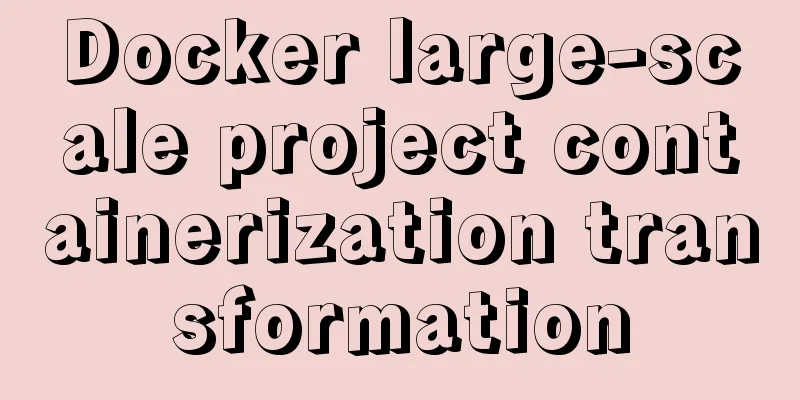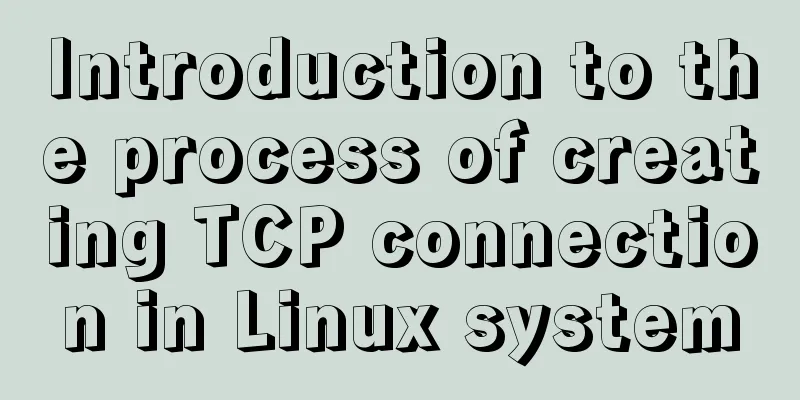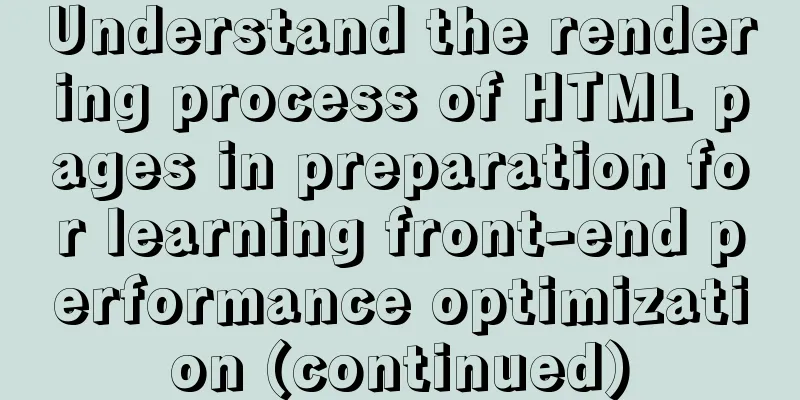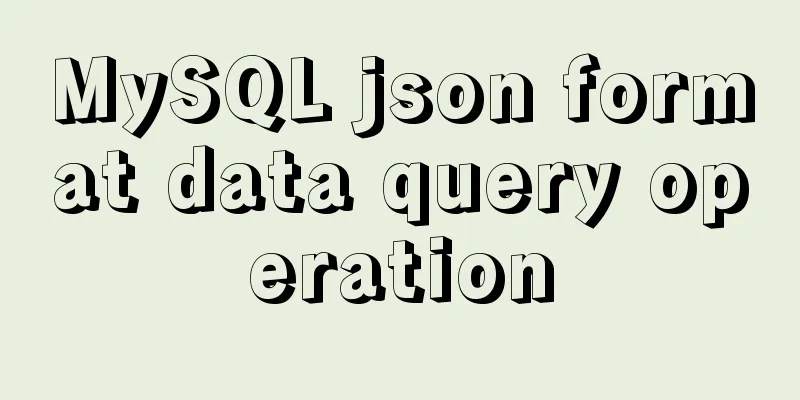Docker large-scale project containerization transformation

|
Virtualization and containerization are two inevitable issues in cloud-based projects. Since virtualization is a pure platform operation, a project running on the Linux operating system does not need to be modified to support virtualization. If the project wants to support containerization, it needs to do a lot of detailed transformation work. The advantages of containerization over virtualization are also quite obvious. It has high performance when running on bare metal and can start and stop containers in seconds, not to mention a consistent environment for development, testing, and deployment (DevOps concept), as well as the microservice capabilities mentioned in the previous article. You can also find various articles to introduce the knowledge of containerization (Docker), so we will not go into details here. Next, we will introduce the problems and solutions faced by containerization transformation based on the actual situation of the project.
Containerize a large project with hundreds of thousands of lines of C++ code and dozens of applications. How to minimize the modification of the original code, or even eliminate the need to modify the code at all. How to do it quietly without even letting the business programmers notice. How to minimize the size of business images. How to quickly create a business image. These have been problems that have troubled us for a long time. When classifying containers, if the code organization and architecture need to be adjusted, it will be a disaster for projects with hundreds of thousands of lines. After the transformation, if the development model changes too drastically, dozens or hundreds of business programmers will inevitably face the process of relearning and adapting, which will be staggeringly costly. The size of the business image directly affects the convenience of updating the container on site, especially when the project is overseas and the network speed is not very fast. Automated and fast image creation is the key to agile development. 1. How to get started How to move a project running on Linux into a container is usually the first problem encountered. Find a basic image with a gcc compiler and a Linux operating system on the Internet. Based on this image, you can first make a build image for compilation and CI checking (code checking, running unit tests, etc.). Use the build image for compilation and CI checking, then create a running image based on the base image and copy the compiled libraries and executable programs into it (through Dockerfile). Such a simplest image is created.
The business image made by the above method can be run, but there are two problems. The production time is very long (our project takes one hour), and the business layer of the image is very large (our project has 1G). The two problems are not particularly serious, but they will be very troublesome if the project is used for commercial purposes. 2. Container Layering The concept of container layering is the core concept of Docker, which supports that each container can "inherit" from another container. The inheritance here should be the same concept as inheritance in object-oriented programming. In addition to the benefits of the "inheritance" feature, when the underlying image changes, there is no need to update the upper-level image, so a lot less things can be updated. It's really great, I didn't even think object-oriented inheritance was so useful! Influenced by this feature, we separated the third-party libraries used in the project into a separate layer. The production process also changes accordingly as shown in the figure below.
Although the process has one more step, the effect is immediate. The production time of the business layer is shortened from 1 hour to 12 minutes, and the size is reduced to about 100M. 3. Business Container Classification According to Docker best practices, a container should only run one type of program or one category of programs. As before, it is definitely not appropriate for one container to run dozens of processes. Clearly classified containers also make it easier to manage and perform various operations. At the same time, in the best practices of microservices, it is recommended to split the project code into microservices. The code of each microservice is maintained by a different team and is independent of each other. We will not discuss the pros and cons of this approach for now. The original project was a large project with hundreds of thousands of lines and dozens of programs, dozens of developers, countless common modules, and it was common for each module to reference each other. Each program was composed of varying numbers of modules. If Docker's business classification is carried out according to the above suggestions, it will undoubtedly bring huge changes to the project and involve major adjustments to the organizational structure, which is almost an impossible task. So how can we classify containers while keeping the original development model unchanged? Sometimes the best way to advance a new technology is to make the change imperceptible. The method is actually very simple. There is a script called docker-entrypoint.sh in the container to manage which processes to start after the container is started. We have created a unified image for the project above. When classifying, we only need to modify different docker-entrypoint.sh to start different types of processes according to different types of containers. It is necessary to set different environment variables, different configuration files, etc. Of course, it's all easy! Summarize The above is the full content of this article. I hope that the content of this article will have certain reference learning value for your study or work. Thank you for your support of 123WORDPRESS.COM. If you want to learn more about this, please check out the following links You may also be interested in:
|
<<: React useMemo and useCallback usage scenarios
>>: Tutorial on installing MySQL 5.7.18 decompressed version on Windows
Recommend
How to set the style of ordered and unordered list items in CSS
In an unordered list ul>li, the symbol of an u...
How to change the encoding to utf-8 in mysql version 5.7 under windows
Preface I just started learning MySQL and downloa...
Docker container log analysis
View container logs First, use docker run -it --r...
Introduction to Docker Quick Deployment of SpringBoot Project
1. Install Docker First open the Linux environmen...
vmware installation error VMware Workstation failed to start VMware Authorization Service
Background: I want to install a SAP ECC server an...
Using Zabbix to monitor the operation process of Oracle table space
0. Overview Zabbix is an extremely powerful ope...
Summary of several MySQL installation methods and configuration issues
1. MySQL rpm package installation # Download the ...
Docker image creation Dockerfile and commit operations
Build the image There are two main ways to build ...
Detailed explanation of 6 ways of js inheritance
Prototype chain inheritance Prototype inheritance...
Detailed explanation of the solution to the error in creating a user and granting permissions in mysql8.0
Question 1: The writing method that will report a...
MySQL 5.7.18 winx64 installation and configuration method graphic tutorial
The installation of compressed packages has chang...
How to safely shut down a MySQL instance
This article analyzes the process of shutting dow...
A brief discussion on the semantics of HTML and some simple optimizations
1. What is semanticization? Explanation of Bing D...
Eight ways to implement communication in Vue
Table of contents 1. Component Communication 1. P...
Personalized and creative website design examples (30)
Therefore, we made a selection of 30 combinations ...














